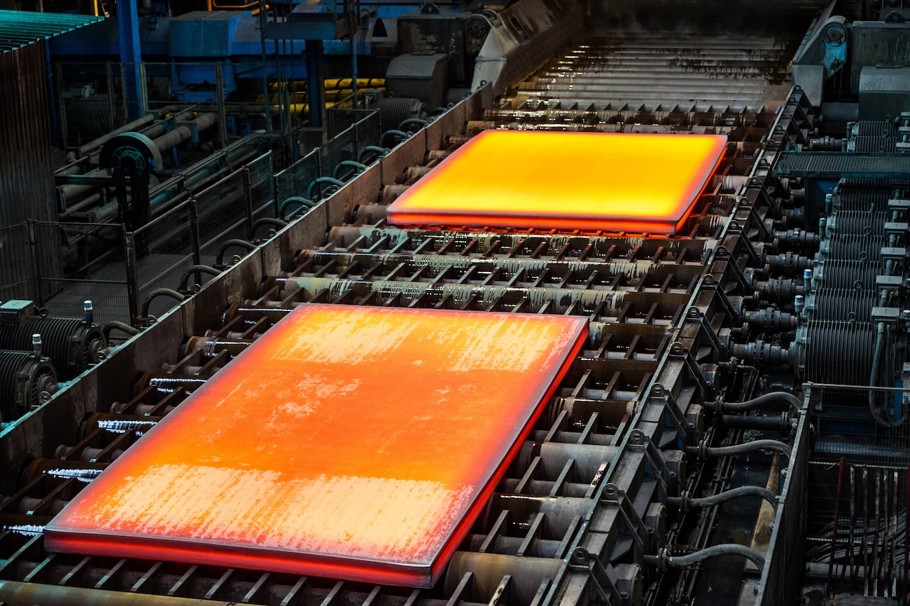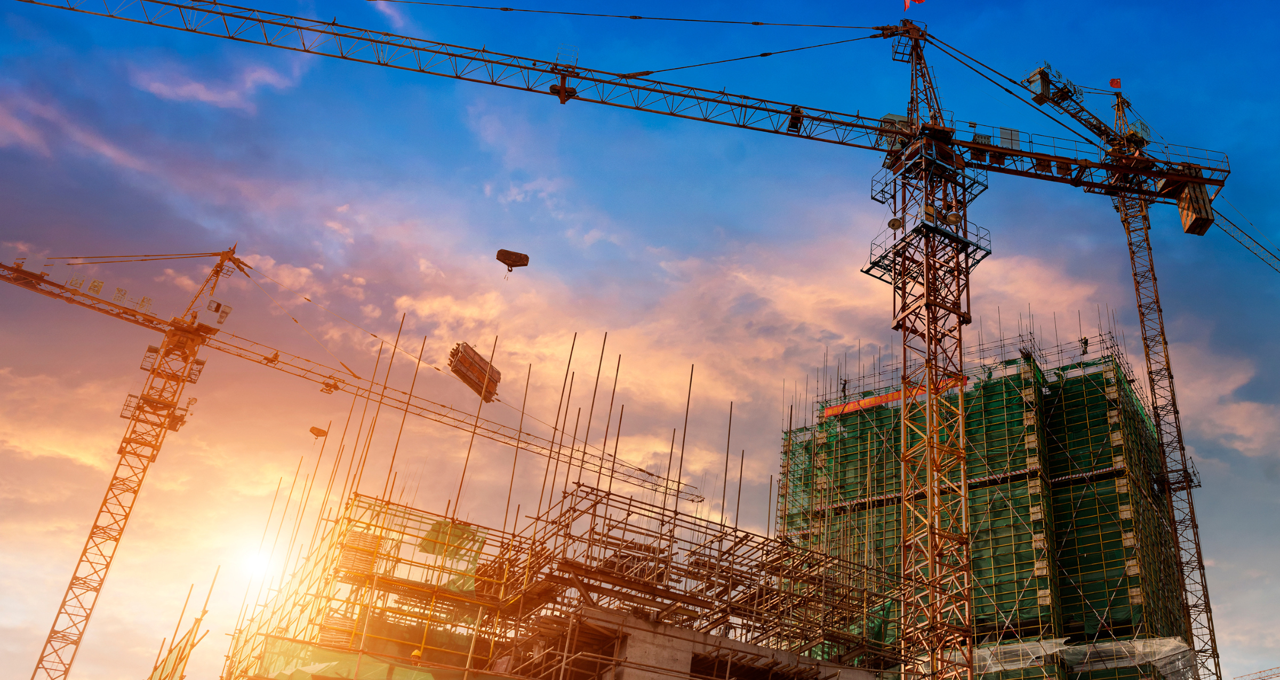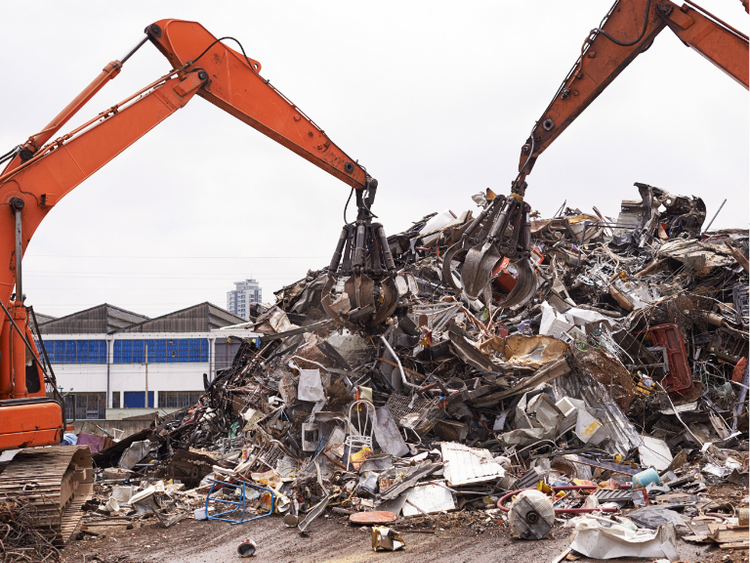Market Data

December 14, 2021
Tampa Conference Panelist: Port Problems to Persist Until Mid-2022
Written by Tim Triplett
Backlogs at the nation’s ports are improving, but it probably won’t be until mid-2022 before the bottlenecks clear and shipments of steel and other imports begin to return to normal.
![]() “I think it will get better by the middle of next year,” predicted Doug Wray, vice president commercial for Ports America, who will be a panelist at the upcoming Tampa Steel Conference, set for Feb. 14-16 in Tampa, Fla. Ports America is the largest U.S. terminal operator and stevedore, with operations in every major port in the nation.
“I think it will get better by the middle of next year,” predicted Doug Wray, vice president commercial for Ports America, who will be a panelist at the upcoming Tampa Steel Conference, set for Feb. 14-16 in Tampa, Fla. Ports America is the largest U.S. terminal operator and stevedore, with operations in every major port in the nation.
Not all ports are the same. The Ports of Los Angeles and Long Beach have gotten the most notoriety for their lengthy delays as scores of ships have been forced to queue up off the coast waiting weeks for their turn to unload. Other big ports have similar issues to varying degrees. But in some parts of the country, including Tampa, ports have spare capacity, Wray said. “It’s mainly the ports that are big entry points for Asian imports that are dealing with significant increases in volume since the economy surged following the pandemic.”
Many economic and logistical factors are behind the delays in the nation’s ports, he explained. The COVID pandemic nearly brought commerce to a standstill last year, creating huge pent-up demand for foreign goods this year. Shippers launched a new fleet of 20,000 TEU (twenty-foot equivalent unit) container ships before most ports had a chance to dredge the harbors and install the equipment needed to handle the enormous vessels.
Containers are stacking up with no place to put more, forcing shippers to think outside the box and causing a surge in break-bulk cargo that is more difficult to handle. “We have seen a lot of cargo swing back into break bulk. Part of the problem is that steel coils in particular need to go inside once they are unloaded, and there is less inside storage today then there was 10 years ago,” he said.
Material such as steel and lumber is normally offloaded into transit sheds for temporary storage, usually 60 days or less, until it can be transported to market. Because of the severe nationwide shortage of trucks and drivers, that material can sometimes languish there for up to a year, leaving no room for goods still on the water.
“We haven’t had as big an issue with steel because that cargo comes in and moves out pretty quickly. The problem is with the other commodities that sit around. Port operators can’t let cargo sit in their transit sheds indefinitely. It will lock up our ports,” Wray said.
Finding the manpower to unload ship after ship, sometimes 24 hours a day, is particularly troublesome, he added. “Labor is tired. This has been going on for 20 months now.”
Wray will be a panelist for a special program on transportation and supply chain issues beginning at 2:30 p.m. on Tuesday, Feb. 15, during The Tampa Steel Conference. For more information, click here.
By Tim Triplett, Tim@SteelMarketUpdate.com







